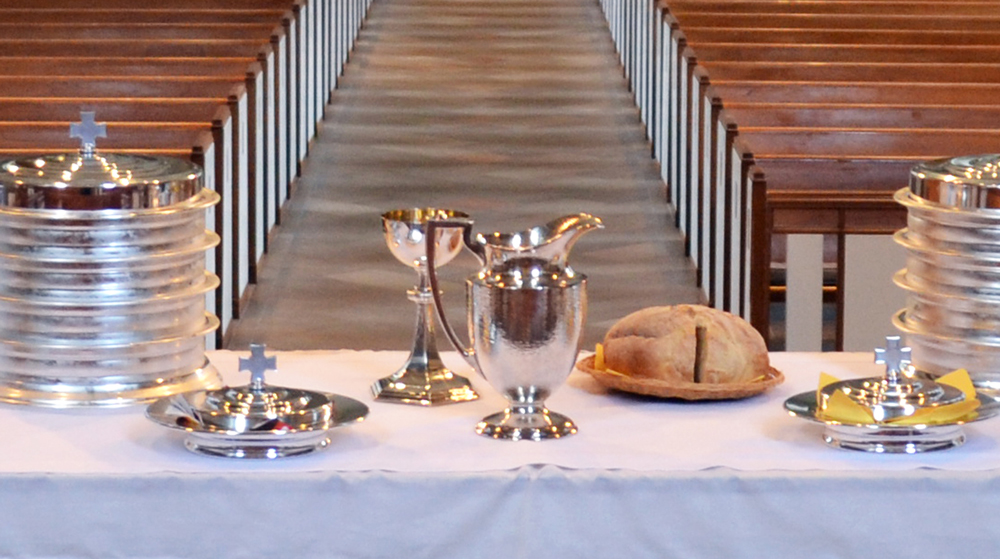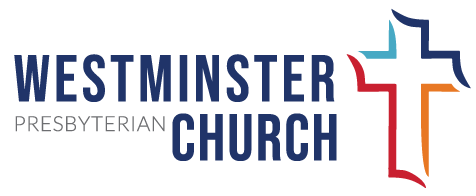
While online shopping I saw “communion-thank you.” My curiosity got the better of me. What were they selling that fit into this category? Turns out they were marketing notecards for religious services. But Amazon was onto something; thanks and communion do go together.
Communion has many names: the Lord’s Supper, the Last Supper, and the Eucharist, which comes from the Greek word eucharista, which means “thanksgiving.” Eucharist is used in the Gospels of Matthew, Mark, and Luke when they describe their holy meal with Jesus. As Jesus directed his friends, he took the bread, gave thanks, blessed it, and broke the bread which symbolized his body. Next, he established the new covenant by his blood, for the forgiveness of sins. Jesus said, “Do this in remembrance of me.” Our response of gratitude for Jesus’ infinite love permeates the table.
Communion is central to our worship. Together we share in the bread and cup believing that Christ is spiritually present. We teach our children the importance of the sacrament as they are welcomed to partake with the rest of the congregation.
We believe that the sacrament of the Lord’s table deepens and assists personal faith.
We don’t need to wait until we think we are worthy for a divine encounter. At communion we present ourselves offering God our imperfections, our weaknesses, even our sinfulness. God makes us worthy. The communion service of thanksgiving and praise includes prayers of thanks for God’s creation; for the birth, life, death, and resurrection of Jesus the Christ; and for the privilege of serving our neighbor.
As you take communion at church or join the congregation from livestream at home or share extended communion with the Deacons, give thanks, knowing that you are always invited, welcomed, and loved at the table of the Lord.
– Louise Rogers
